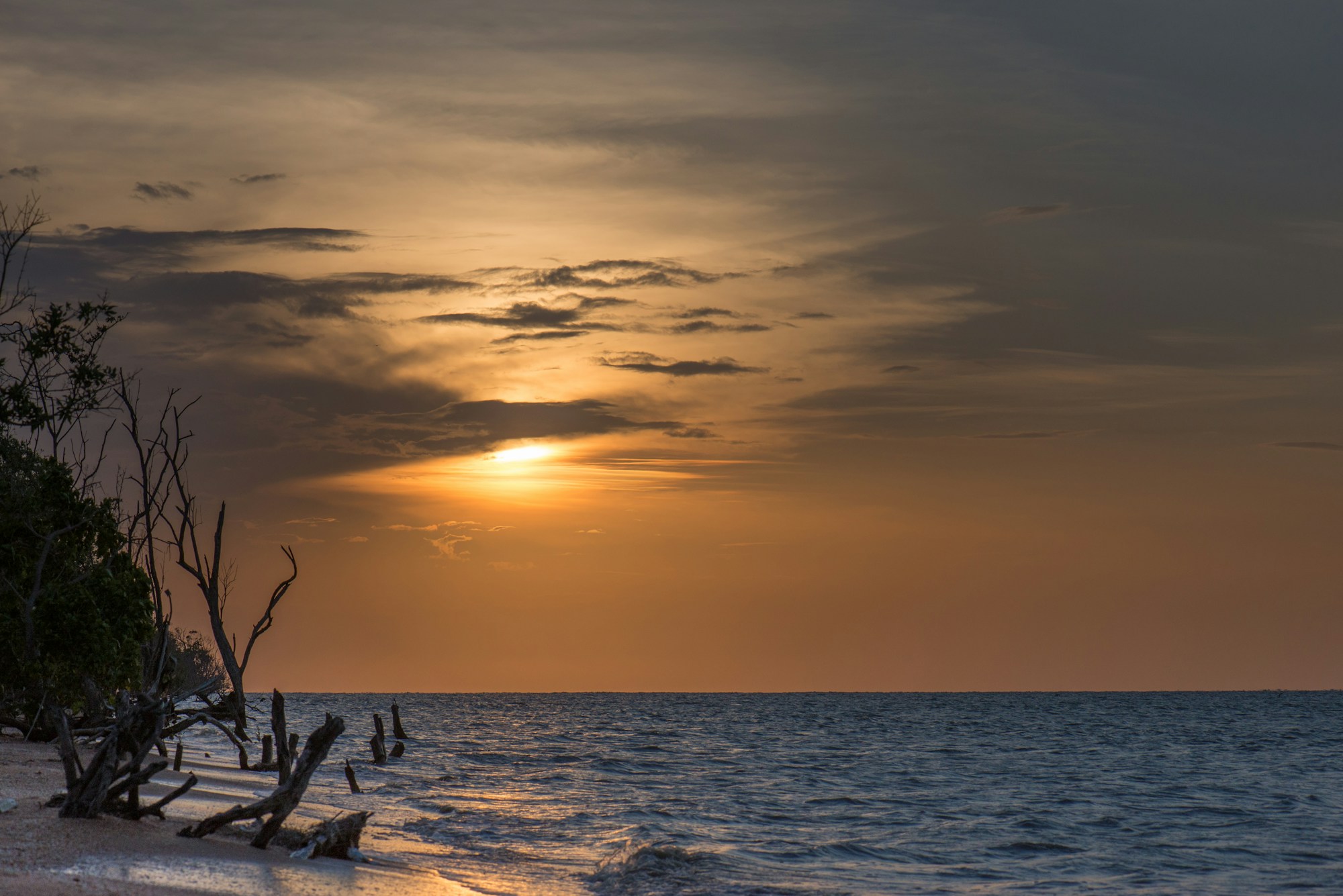Exploring Suriname: A Comprehensive Travel Guide

Exploring Suriname: A Comprehensive Travel Guide
Welcome to Suriname! Located on the northeastern coast of South America, Suriname is a fascinating country that offers a wealth of natural beauty, cultural diversity, and unique experiences. From its lush rainforests to its vibrant cities, Suriname has something to offer every kind of traveler. So, let's dive in and explore this hidden gem!
Getting There
Suriname's main international airport is Johan Adolf Pengel International Airport, located just outside of Paramaribo, the capital city. Several airlines offer direct flights from major cities around the world, making it easily accessible for tourists. Once you arrive, you can either rent a car or take a taxi to explore the country.
Paramaribo – The Capital City
Start your Suriname adventure in Paramaribo, a UNESCO World Heritage Site known for its charming colonial architecture and vibrant atmosphere. Take a stroll through the historic city center and marvel at the iconic wooden buildings that line the streets. Don't miss the magnificent St. Peter and Paul Cathedral, one of the largest wooden churches in the Western Hemisphere.
Visit the vibrant Central Market, where you can immerse yourself in the local culture, sample traditional Surinamese cuisine, and pick up unique souvenirs. For a taste of Suriname's rich history, explore the Surinaams Museum, which showcases the country's diverse heritage and colonial past.
Nature and Wildlife
Suriname is a paradise for nature lovers and wildlife enthusiasts. Explore the vast Amazon rainforest, which covers more than 80% of the country's land area. Take a boat trip along the Suriname River and spot rare wildlife, such as jaguars, monkeys, and colorful birds.
Don't miss the opportunity to visit Brownsberg Nature Park, a protected area with stunning waterfalls, panoramic views, and diverse flora and fauna. Embark on a guided hike to the top of the Brokopondo Reservoir dam and enjoy breathtaking vistas of the surrounding rainforest.
If you're interested in marine life, head to the coastal town of Galibi, where you can witness sea turtles nesting on the pristine beaches. With a little luck, you might even get to witness the hatching of baby turtles!
Cultural Experiences
Suriname's cultural diversity is one of its greatest assets. The country is home to several ethnic groups, including the Creoles, Maroons, Javanese, Hindustanis, and Indigenous communities. Explore the colorful neighborhoods of Paramaribo, such as the Waterkant, where you can sample delicious street food and experience the vibrant blend of cultures that make Suriname unique.
Visit the Maroon village of Danpaati, situated on an island in the Upper Suriname River. Immerse yourself in traditional Maroon culture, learn about their history, and participate in traditional ceremonies and dances.
For a truly immersive experience, spend a night in a traditional eco-lodge, such as Kabalebo Nature Resort or Bergendal Eco & Cultural River Resort. These eco-resorts offer a range of activities, including hiking, bird watching, and cultural exchanges with local communities.
Cuisine
A trip to Suriname wouldn't be complete without trying the local cuisine. Sample traditional dishes such as roti, a flatbread served with curried vegetables and meat, or pom, a savory casserole made from grated yucca and chicken. Don't forget to try Suriname's famous peanut soup and wash it down with a refreshing glass of fresh sugarcane juice.
Suriname is also known for its delicious desserts. Indulge in a slice of kip-kap cake, a richly spiced fruitcake, or a bowl of gemberbier, a ginger beer that is the perfect accompaniment to any meal.
Practical Information
Here are a few practical tips to make your trip to Suriname even more enjoyable:
- Suriname has a tropical rainforest climate, so pack lightweight, breathable clothing and don't forget your sunscreen and insect repellent.
- The official language is Dutch, but English is widely spoken, especially in tourist areas.
- Suriname's currency is the Surinamese Dollar (SRD), but credit cards are accepted in most hotels, restaurants, and major tourist attractions.
- Electricity in Suriname is 127V and 220V, so make sure to bring a universal travel adapter.
- Tap water in Suriname is generally safe to drink, but it's always a good idea to stick to bottled water, especially in remote areas.
Now that you have a glimpse of what Suriname has to offer, it's time to start planning your trip. Whether you're seeking adventure in the rainforest, cultural immersion, or simply relaxation on pristine beaches, Suriname has it all. So, don't hesitate to embark on a journey to this captivating corner of South America!
